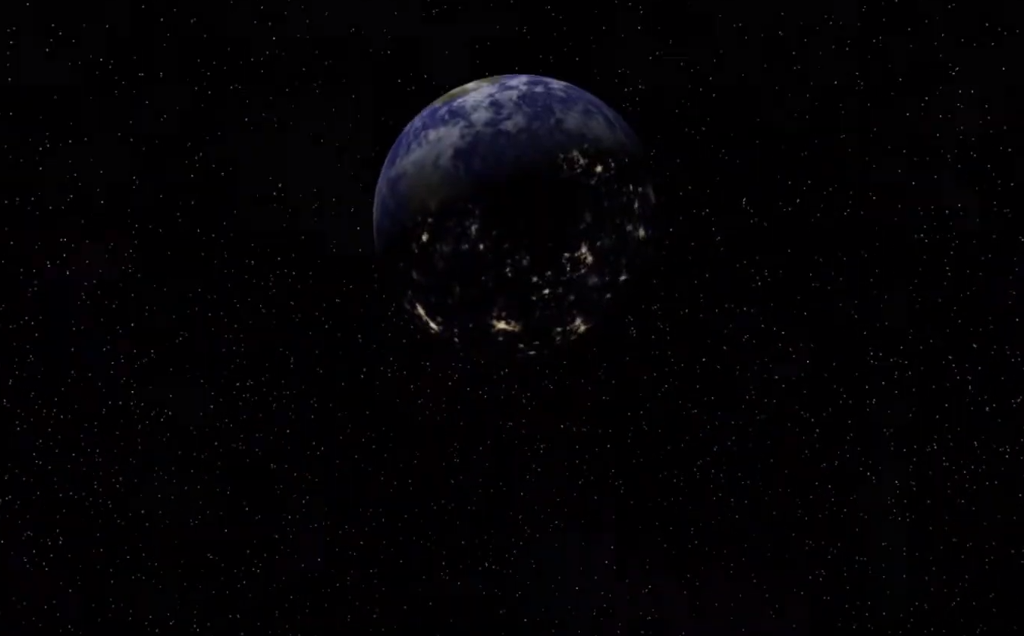Hi there!
I'm currently working (design stage atm) on a retro-style first person dungeoncrawler, in the vein of classics like Wizardry, Bard's Tale, Might & Magic, Legend of Grimrock etc.
My problem is as follows:
The basic way to set up the game map is a simple grid. 0 for floor, 1 for wall, 2 for door etc, so basically a wall cannot be thinner than one grid space. However, I really like the way Bard's Tale has its dungeons - walls are in between grid tiles, so you can have an infinitely thin wall and you can pack much more content on a smaller surface. Also, I feel the dungeon is much more immersive that way, as in purely tile-based design the walls are waay too thick.
So, how to set this up? It's easy enough with your basic tile system, a simple 2D tile array will do. How to do it the other way? Also, the engine would have to be capable of displaying different graphics for different sides of a wall as well as separate objects on different wall positions (buttons, keyholes, niches...) I know I could brute-force it with trickery and patchwork but I'm looking for an elegant solution to this because a( I love elegant solutions and b) it would make creating a dungeon editor much easier.
So anyone of you old hands have any experience/idea on this?
/edit Oh and clarification: I'd really like to do it old style - pure 2d sprites underneath so no "why don't you just slap it in 3D map editor" or smtn... I'm really interested in how those old wonderful old timey RPGs worked.






